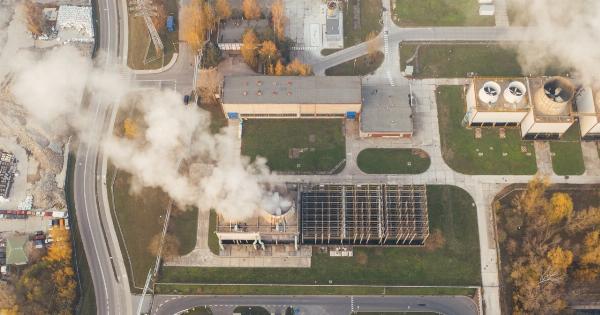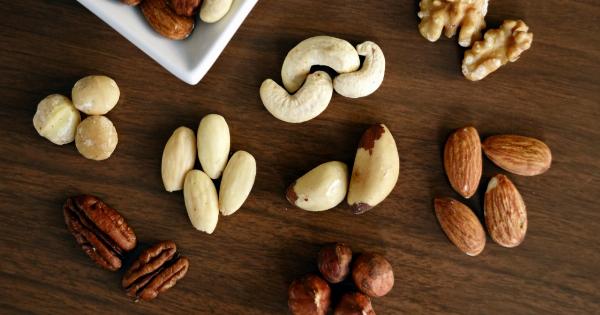Food is an integral part of our lives. Our diets have gone through significant changes over the years, influenced by various factors such as cultural shifts, technological advancements, and environmental concerns.
As we look ahead to the future, it is fascinating to contemplate what we might be eating 30 years from now. Will our plates be filled with sustainable alternatives, lab-grown delicacies, or entirely synthetic creations? Let’s dive into the potential changes in our diets and the futuristic food trends that may emerge in the next three decades.
Sustainable Eating: A Priority for the Future
One thing is certain – sustainability will be at the forefront of our food choices in the coming years.
With the growing awareness of climate change and the increasing strain on our natural resources, people are becoming more conscious about their ecological footprint. As a result, we can expect a shift towards plant-based diets and alternative proteins.
Alternative Proteins: Beyond Meat and Plant-Based Marvels
Traditional animal farming has a significant impact on the environment, contributing to greenhouse gas emissions and deforestation.
In response, companies like Beyond Meat and Impossible Foods have already gained popularity with their plant-based meat substitutes. These products closely mimic the taste and texture of animal-based meats, offering a more sustainable alternative without compromising on flavor.
As technology advances, we can anticipate even more innovative plant-based creations, making the switch to alternative proteins an appealing and accessible choice for consumers.
Lab-Grown Meat: A Game-Changer in Meat Production
Lab-grown meat, also known as cultured or cultivated meat, is another futuristic food trend that holds great promise. This technology involves producing meat products without the need for traditional animal farming.
Instead, muscle cells are harvested from animals and cultivated in a lab under controlled conditions, resulting in products that are nutritionally identical to conventionally farmed meats. Lab-grown meat offers a more sustainable solution by reducing the environmental impact associated with conventional meat production, including land use and water consumption.
Vertical Farming: A New Era of Agriculture
As our population continues to grow, the demand for food will escalate, further straining our already limited agricultural land. Vertical farming presents an innovative solution to this problem.
By stacking crops in vertical layers, often indoors or in controlled environments, vertical farms can produce higher yields in smaller spaces. This method conserves water, reduces the need for pesticides, and eliminates the reliance on fertile soil.
In the future, we can expect more crops, such as leafy greens and herbs, to be grown in vertical farms, providing fresh produce year-round while minimizing environmental impact.
Insects on the Menu: A Nutritious and Sustainable Choice
While the idea of incorporating insects into our diets may seem unconventional to some, it is not entirely far-fetched. Insects are highly nutritious, rich in protein, healthy fats, vitamins, and minerals.
Furthermore, they require significantly fewer resources to produce compared to traditional livestock, making them a sustainable and cost-effective food source. Insects can be transformed into various food products, such as protein bars, insect flour, and even insect-based burgers.
Although it may take some time to overcome cultural barriers, insects have the potential to play a significant role in the future of sustainable eating.
Personalized Nutrition: Tailoring Diets to Individuals
Advancements in technology and the field of personalized medicine may also revolutionize the way we eat. As our understanding of genetics and nutritional science becomes more refined, we can expect personalized nutrition to become increasingly popular.
Genetic testing and analysis can provide individuals with insights into their specific nutritional needs and dietary sensitivities. Customizable meal plans and dietary recommendations, based on an individual’s unique genetic profile, may become commonplace.
This personalized approach could enhance overall health and well-being, promoting more targeted and effective dietary choices.
3D-Printed Food: The Intersection of Technology and Cuisine
Technology has already transformed various industries, and it is now making its way into the kitchen. 3D printing has the potential to revolutionize the way we prepare and consume food.
This innovative technique allows chefs and food manufacturers to create intricate and customized shapes and textures that would be challenging to achieve manually. 3D-printed food can also be tailored to meet specific nutritional requirements and dietary restrictions.
As the technology evolves and becomes more accessible, we may see 3D printers in homes, enabling individuals to effortlessly create unique and personalized meals.
Synthetic Food: The Future of Sustenance?
Looking even further into the future, the concept of entirely synthetic food becomes a possibility. Scientific advancements might allow us to create food molecules from scratch, eliminating the need for traditional agriculture altogether.
Synthetic food could be designed to provide optimal nutrition while minimizing environmental impact. However, this futuristic idea raises ethical and cultural questions.
Will synthetic food ever truly replace the sensory experience, cultural significance, and satisfaction that traditional foods bring? Only time will tell if synthetic food will be embraced by society.
Food Security and Climate Change Challenges Ahead
In the quest for the future of food, we cannot ignore the challenges posed by climate change and food security.
Rising global temperatures, extreme weather events, and changing ecosystems will disrupt agricultural practices, impacting crop yields and availability. It is crucial to develop resilient and sustainable farming methods, invest in climate-smart agriculture, and promote international collaboration to ensure food security for a growing population.
Conclusion
Our food choices will undoubtedly undergo significant transformations in the next 30 years.
Sustainable eating practices, such as adopting plant-based diets, embracing alternative proteins, and exploring vertical farming, will be essential in mitigating the environmental impact of our food systems. Technological advancements like lab-grown meat, personalized nutrition, 3D-printed food, and the potential for synthetic food may reshape how we perceive and consume meals.
However, it is imperative to navigate these changes responsibly, ensuring that we strike a balance between innovation, cultural traditions, and nourishment for both people and the planet.




























